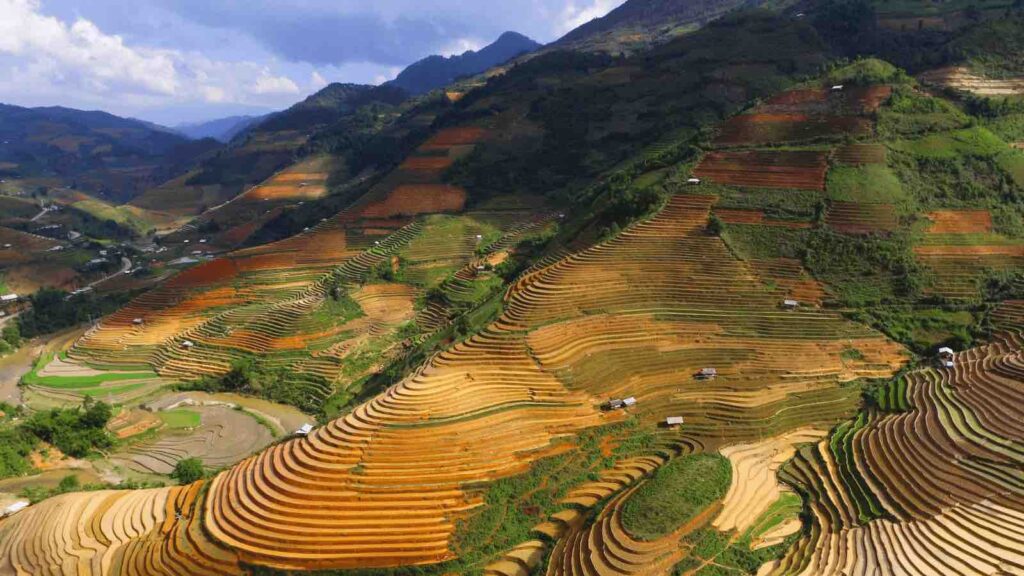The report, titled “A Race to the Top Southeast Asia 2024,” reveals that operating solar and wind capacity in Southeast Asia grows by a fifth, but only 3% of prospective projects are in construction.
In Southeast Asia, ambitious targets for renewable energy by 2025 face significant hurdles due to construction delays, particularly in leading nations like Vietnam and the Philippines. A new report from Global Energy Monitor points to these setbacks and criticizes the ASEAN’s modest goals, which inadvertently encourage continued reliance on coal and gas.
RELEVANT SUSTAINABLE GOALS
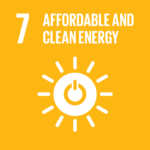
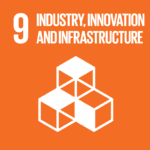

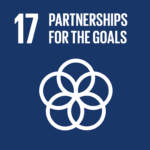
A Race to the Top Southeast Asia 2024
The report, titled “A Race to the Top Southeast Asia 2024,” reveals that although there’s been a 20% increase in operating utility-scale solar and wind capacity across ASEAN countries—rising from 23 gigawatts (GW) last year to over 28 GW—progress stalls when it comes to new projects. Specifically, out of a substantial 220 GW of prospective capacity (encompassing projects announced or in the pre-construction and construction phases), merely 6 GW, or 3% (a quarter of the global average), is under construction.
Vietnam leads the region with 19 GW of the current operating utility-scale solar and wind capacity, followed by Thailand and the Philippines, each with 3 GW. When looking at potential capacity, the Philippines and Vietnam together account for 80% of the region’s total, with 99 GW and 86 GW, respectively—ranking them eighth and ninth globally.
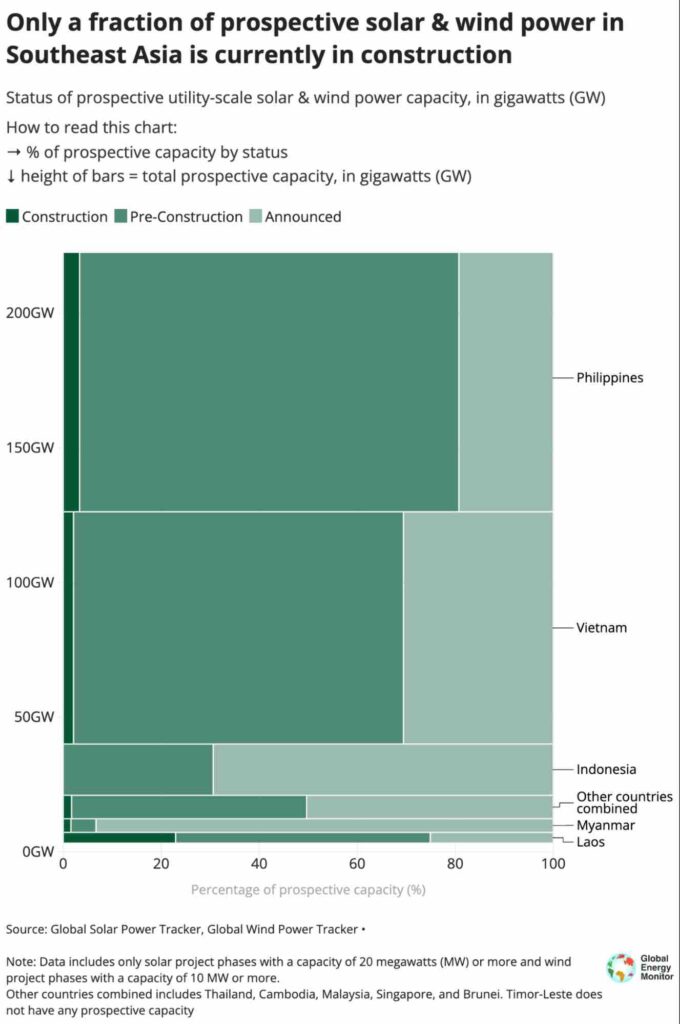
This growth in utility-scale solar and wind capacity by a fifth since last year signals that ASEAN is on a path to meet its renewable commitments ahead of schedule. The bloc aims for 35% installed renewables capacity by 2025, necessitating an additional 10.7 GW of utility-scale projects beyond what is currently under construction. With 23 GW expected to be operational by 2025, ASEAN is projected to exceed its target.

However, the journey toward a clean energy transition is fraught with challenges. The report underscores a dire need for groundbreaking on new projects and highlights the complex regulatory environment for renewables, alongside the persistent dependence on fossil fuels. Moreover, the ASEAN region harbors almost five times more prospective offshore wind power (124 GW) than onshore, nearly doubling the current global offshore operating capacity (69 GW).
Despite the promising pipeline of projects, the slow pace of construction remains a critical bottleneck. This report not only sheds light on the region’s clean energy potential but also calls for urgent action to overcome the obstacles to its realization.
Lead image courtesy of Lorenza Cotellessa. all other images courtesy of Beagle Button.


